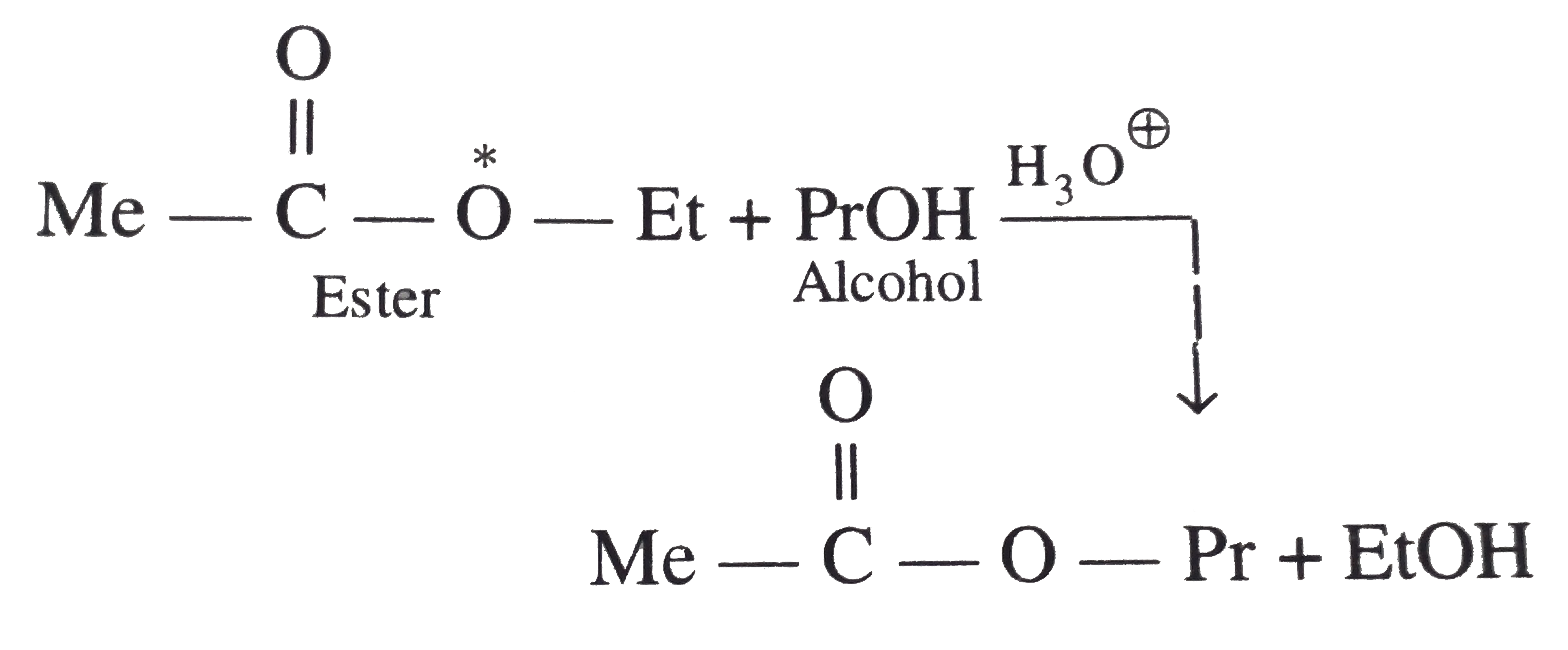Which of the following species do not show disproportionation reaction and why?
(hypobromirte ion), (bromite ion), (bromate ion),and (perbromate ion)
To determine which of the given species do not show disproportionation reactions, we need to analyze the oxidation states of bromine in each species and understand the concept of disproportionation.
Step 1: Identify the oxidation states of bromine in each species.
1. BrO⁻ (hypobromite ion):
- Let the oxidation state of Br be x.
- The equation is: x+(−2)=−1 (since O has an oxidation state of -2).
- Solving gives: x=+1.
2. BrO₂⁻ (bromite ion):
- Let the oxidation state of Br be x.
- The equation is: x+2(−2)=−1.
- Solving gives: x=+3.
3. BrO₃⁻ (bromate ion):
- Let the oxidation state of Br be x.
- The equation is: x+3(−2)=−1.
- Solving gives: x=+5.
4. BrO₄⁻ (perbromate ion):
- Let the oxidation state of Br be x.
- The equation is: x+4(−2)=−1.
- Solving gives: x=+7.
Step 2: Analyze the possibility of disproportionation reactions.
Disproportionation reactions occur when a species can simultaneously undergo oxidation and reduction, resulting in the formation of two different products from the same reactant.
- BrO⁻: Can be oxidized from +1 to a higher oxidation state (e.g., +3 or +5) and reduced to a lower oxidation state (e.g., 0). Thus, it can undergo disproportionation.
- BrO₂⁻: Can be oxidized from +3 to a higher oxidation state (e.g., +5) and reduced to a lower oxidation state (e.g., +1). Thus, it can undergo disproportionation.
- BrO₃⁻: Can be oxidized from +5 to a higher oxidation state (e.g., +7) and reduced to a lower oxidation state (e.g., +3). Thus, it can undergo disproportionation.
- BrO₄⁻: This species has bromine at its maximum oxidation state of +7. It can only undergo reduction (to +5 or lower) but cannot be oxidized further. Therefore, it cannot undergo disproportionation.
Conclusion:
The species that does not show disproportionation reaction is BrO₄⁻ (perbromate ion) because it cannot be oxidized further due to having the highest oxidation state.
- Let the oxidation state of Br be x.
- The equation is: x+(−2)=−1 (since O has an oxidation state of -2).
- Solving gives: x=+1.
- Let the oxidation state of Br be x.
- The equation is: x+2(−2)=−1.
- Solving gives: x=+3.
- Let the oxidation state of Br be x.
- The equation is: x+3(−2)=−1.
- Solving gives: x=+5.
- Let the oxidation state of Br be x.
- The equation is: x+4(−2)=−1.
- Solving gives: x=+7.
- BrO₂⁻: Can be oxidized from +3 to a higher oxidation state (e.g., +5) and reduced to a lower oxidation state (e.g., +1). Thus, it can undergo disproportionation.
The species that does not show disproportionation reaction is BrO₄⁻ (perbromate ion) because it cannot be oxidized further due to having the highest oxidation state.
Topper's Solved these Questions
- REDOX REACTIONSBOOK - CENGAGE CHEMISTRY ENGLISHCHAPTER - REDOX REACTIONSEXERCISE - Ex 2.1
10 Videos
- REDOX REACTIONSBOOK - CENGAGE CHEMISTRY ENGLISHCHAPTER - REDOX REACTIONSEXERCISE - Ex 2.2
18 Videos
- PURIFICATION OF ORGANIC COMPOUNDS AND QUALITATIVE AND QUANTITATIVE ANALYSISBOOK - CENGAGE CHEMISTRY ENGLISHCHAPTER - PURIFICATION OF ORGANIC COMPOUNDS AND QUALITATIVE AND QUANTITATIVE ANALYSISEXERCISE - Assertion Reasoning Type
5 Videos
- S-BLOCK GROUP 1 - ALKALI METALSBOOK - CENGAGE CHEMISTRY ENGLISHCHAPTER - S-BLOCK GROUP 1 - ALKALI METALSEXERCISE - Archives Subjective
8 Videos
Similar Questions
Which of the following species, do not show disproportionation reaction and why ?
ClO−,ClO−2,ClO−3 and ClO−4
Also write reaction for each of the species that disproportionates.
View SolutionBr2 undergoes disproportionation reaction in basic medium to give Brɵ ion and BrOɵ3 (bromate) ion in reduction and oxidation reaction.
View Solution
Knowledge Check
Which of the following expressions is correct for the rate of reaction given below?
5Br−(aq)+BrO−3(aq)+6H+(aq)→3Br2(aq)+2H2O(l)AΔ[Br−]Δt=5Δ[H+]ΔtBΔ[Br−]Δt=65Δ[H+]ΔtCΔ[Br−]Δt=56Δ[H+]ΔtDΔ[Br−]Δt=6Δ[H+]ΔtWhich of the following expressions is correct for the rate of reaction given below?
5Br−(aq)+BrO−3(aq)+6H+(aq)→3Br2(aq)+2H2O(l)AΔ[Br−]Δt=5Δ[H+]ΔtBΔ[Br−]Δt=65Δ[H+]ΔtCΔ[Br−]Δt=56Δ[H+]ΔtDΔ[Br−]Δt=6Δ[H+]ΔtWhich of the following expressions is correct for the rate of reaction given below?
5Br−(aq)+BrO−3(aq)+6H+(aq)→3Br2(aq)+2H2O(l)AΔ[Br−]Δt=5Δ[H+]ΔtBΔ[Br−]Δt=65Δ[H+]ΔtCΔ[Br−]Δt=56Δ[H+]ΔtDΔ[Br−]Δt=6Δ[H+]Δt
Which of the following statements is wrong about the transesterification reaction, catalysed by H3O⊕(H2SO4ordryHCl) or ROӨ(EtONa) ?
 .
.
View SolutionWhich of the following expression is correct for the rate of reaction given below ?
5Br−(aq)+BrO−3(aq)+6H+(aq)→3Br2(aq)+3H2O(l) .
View SolutionWhich of the following is not a disproprotionation reaction?
I. NH4NO3Δ−−→N2O+H2O
II. P4Δ−−→PH3+HPOө2
III. PCl5Δ−−→PCl3+Cl2
IV. IOө3+Iө→I2
View SolutionWhich of the following expression is correct for the rate of reaction given below ?
5Br−(aq)+BrO−3(aq)+6H+(aq)→3Br2(aq)+3H2O(l) .
View Solutionwhich of the following statements is not correct about the reaction given below?
K4[Fe(CN)6]Oxidation−−−−−→Fe3++CO2+NOө3
View Solution
